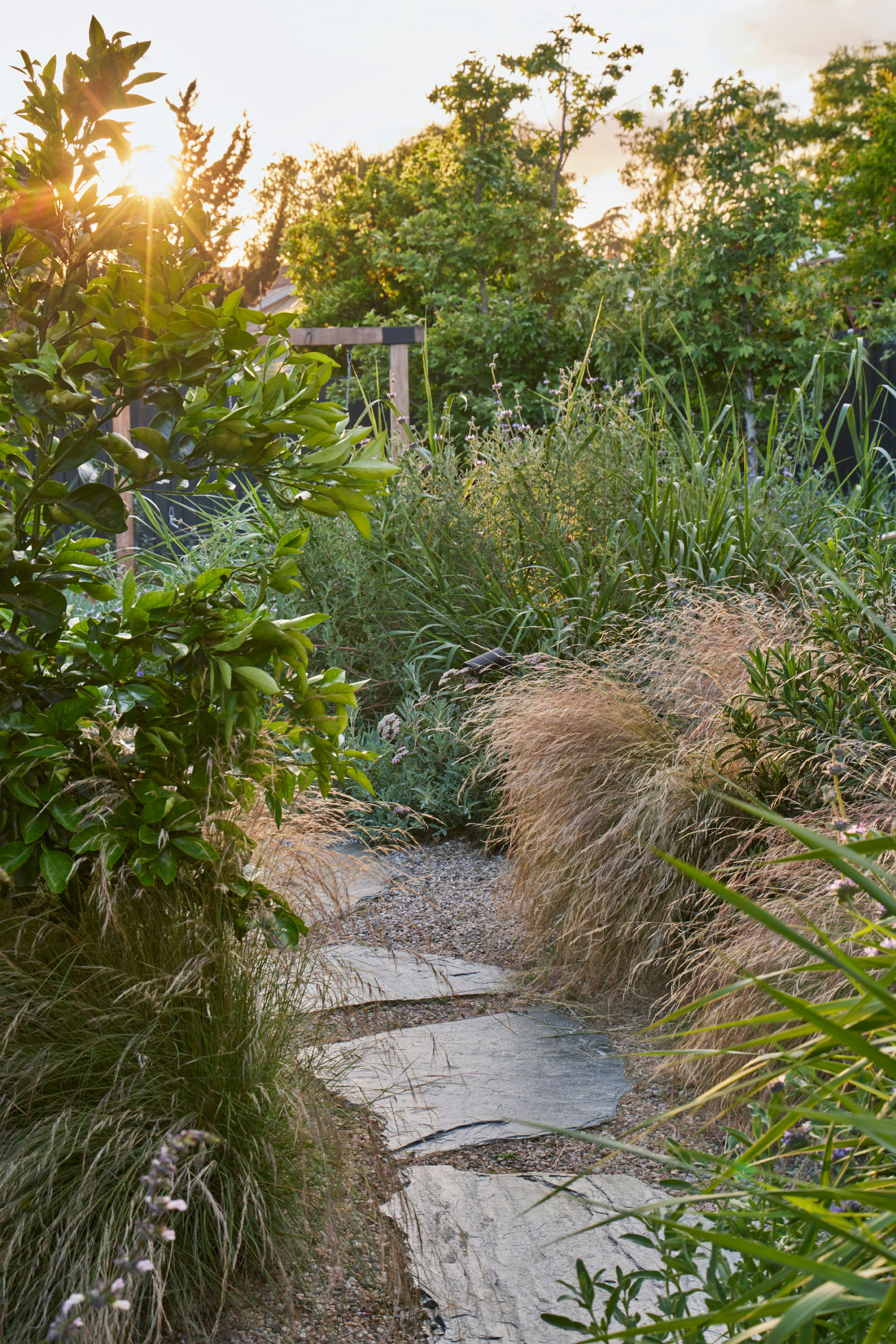The Garden Decoder: What Is ‘Permaculture’?

What is “permaculture” exactly? Here, we will look at how it can be applied to your home garden.
What is permaculture?
This Terremoto-designed backyard, filled with drought-tolerant, fuss-free natives, makes a strong case for closed-loop gardening.
Photograph by Caitlin Atkinson, from The Future of Gardening: A Plan From Terremoto.
Permaculture strives to make everything work together, to reduce the need to work against nature, to use less resources and to use them wisely, take only your fair share, and to care about and share with others.
If you know the principle behind a terrarium, a mostly self-sufficient system where the plants live in a glass container with minimal care from the outside, you have the very basic understanding of permaculture for your garden.
Photograph by Jim Powell, from Composting: Are You Obsessed?
How do I create a permaculture garden?
Weeds, spent blooms, and other yard waste should be composted and returned to the garden as plant food.
With small, slow actions (it’s one of the 12 small principles! You can use gray water to water your garden so long as it doesn’t touch the edible parts of the plants.
Rather than burning the pruned branches from trees, shrubs, and hedges, build them into a dead hedge, advises landscape architect Marian Boswall, author of Sustainable Garden.
Why bother?
Permaculture is how people lived prior to the industrial age. People interested in permaculture gardening are hoping to lighten their footprint on this planet.